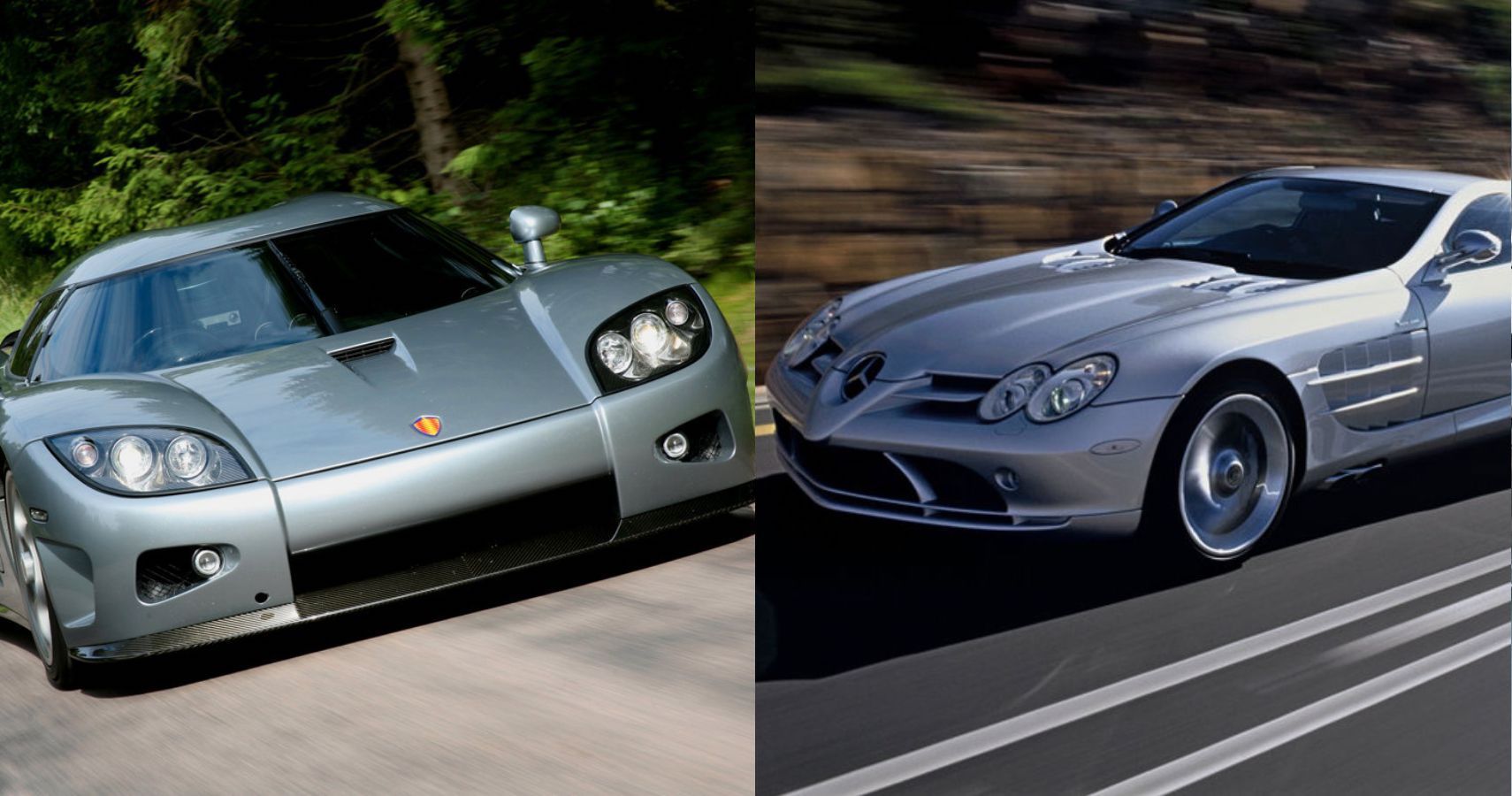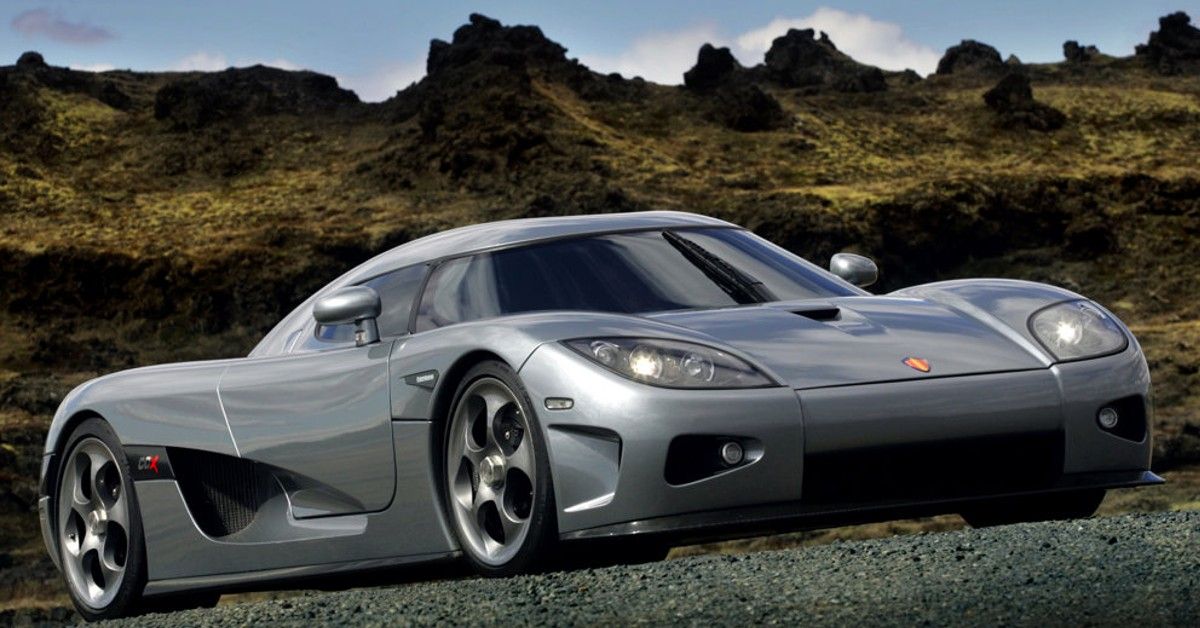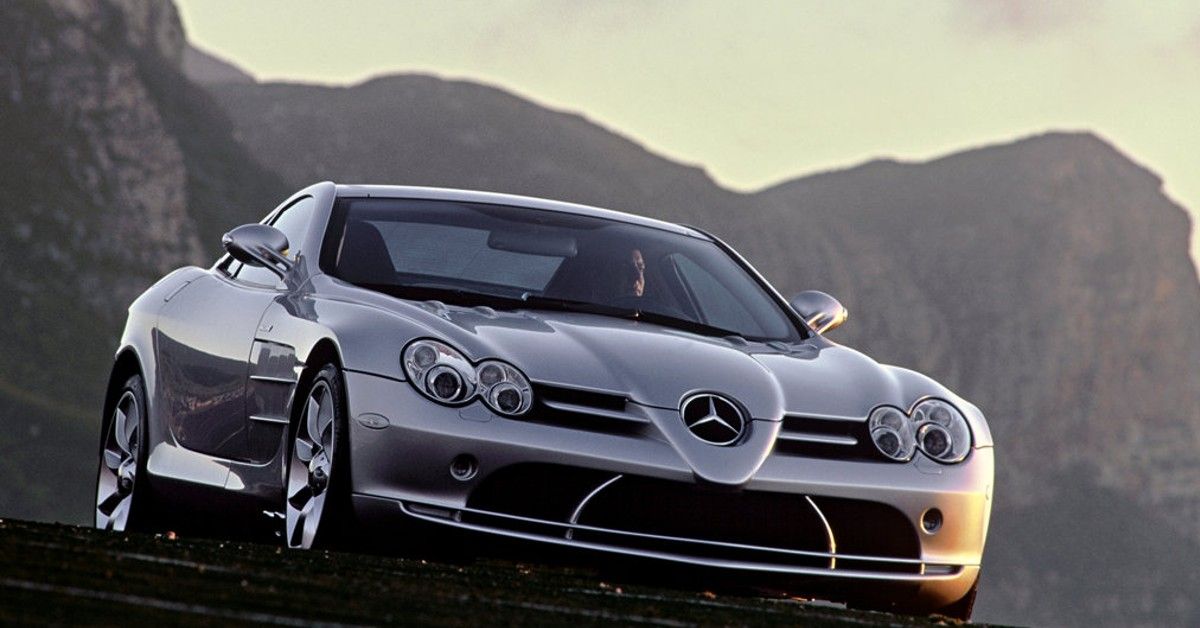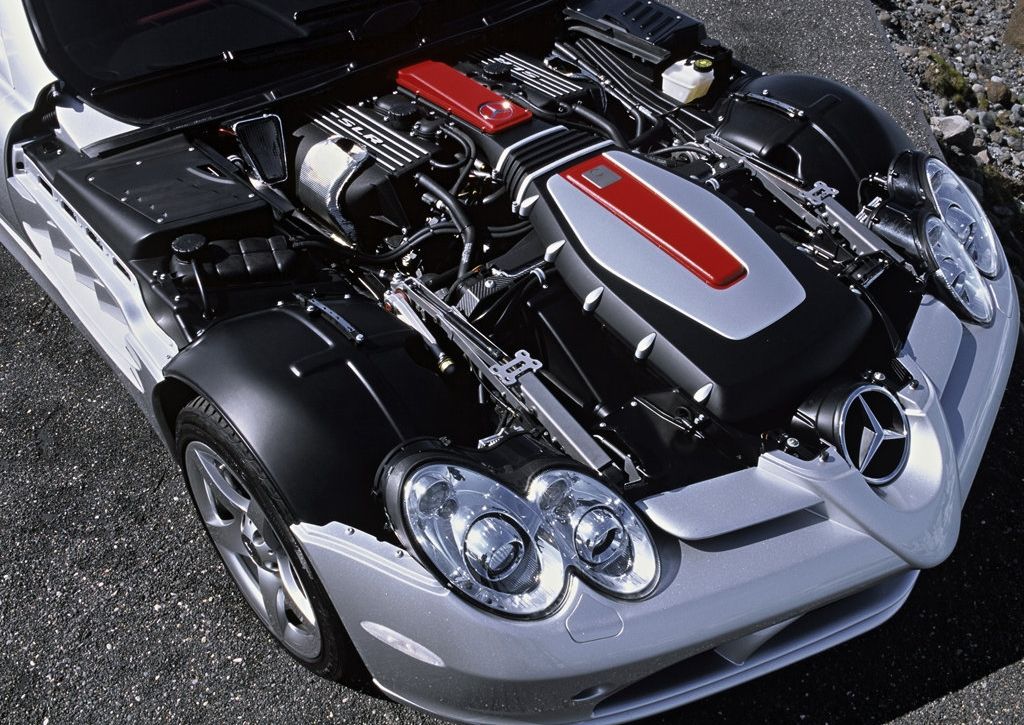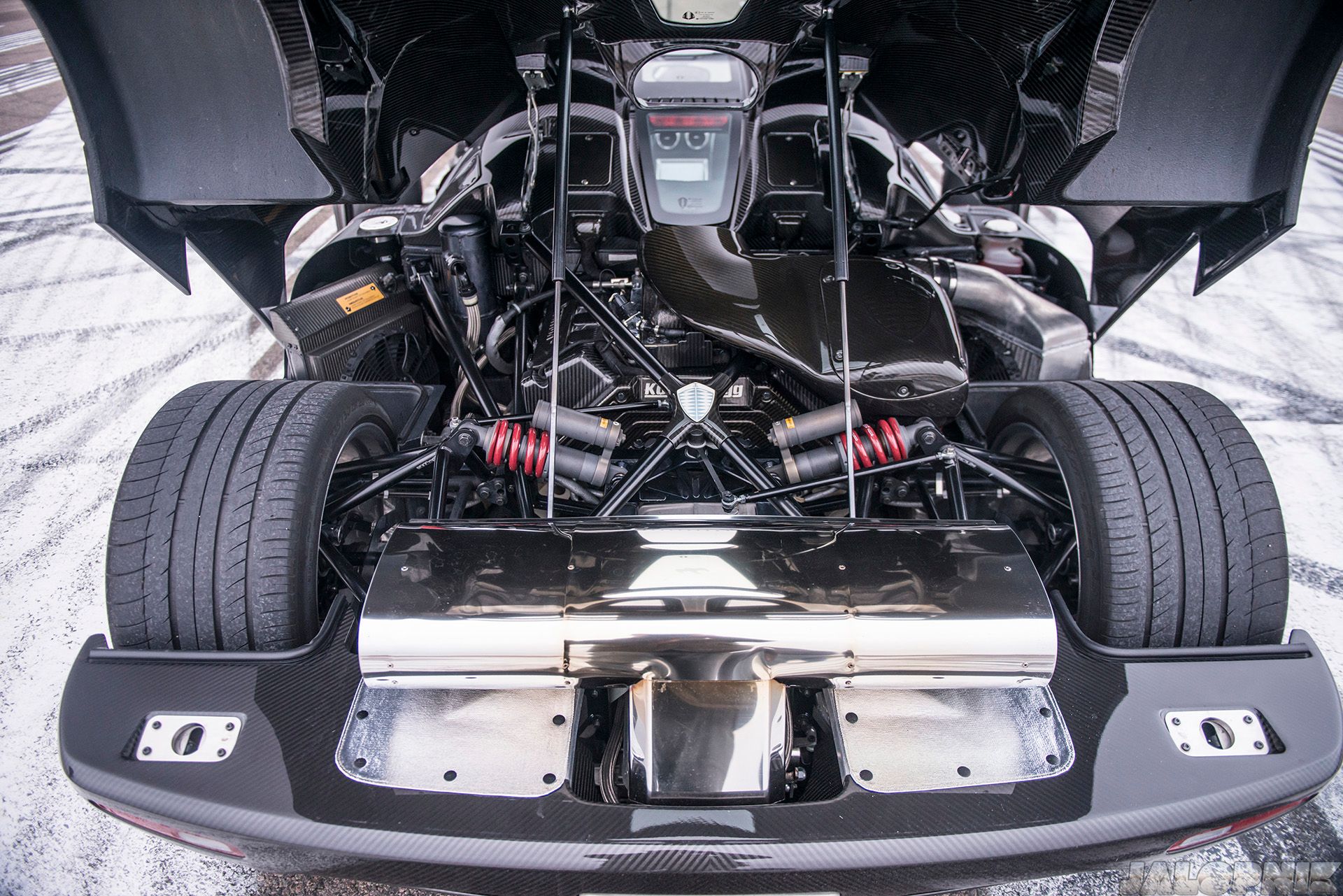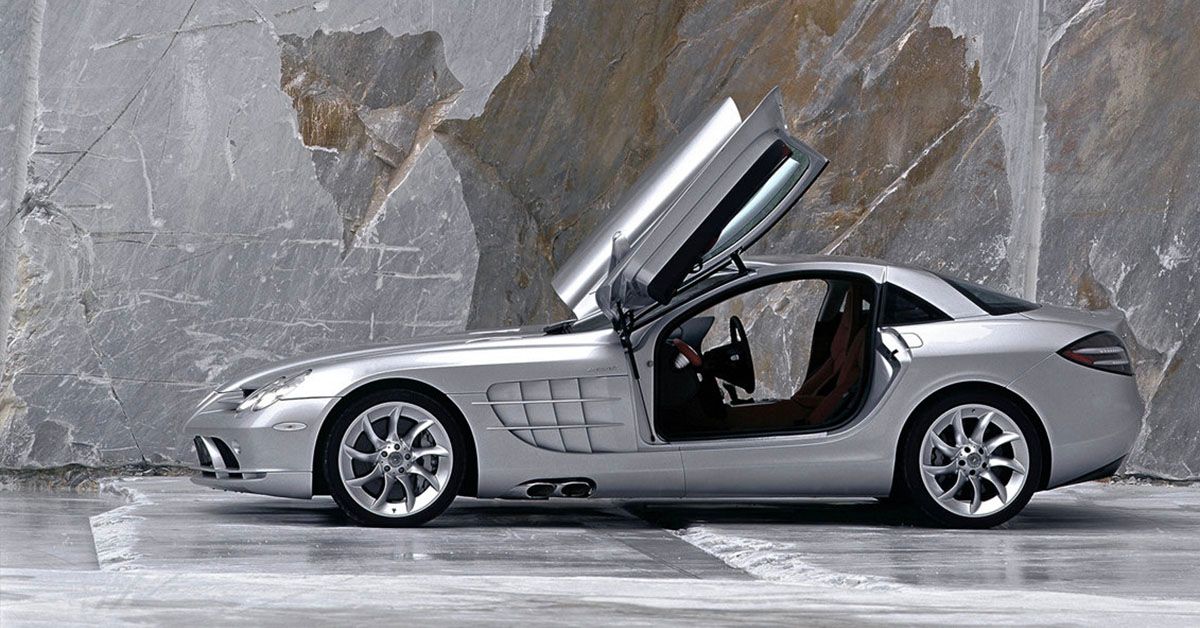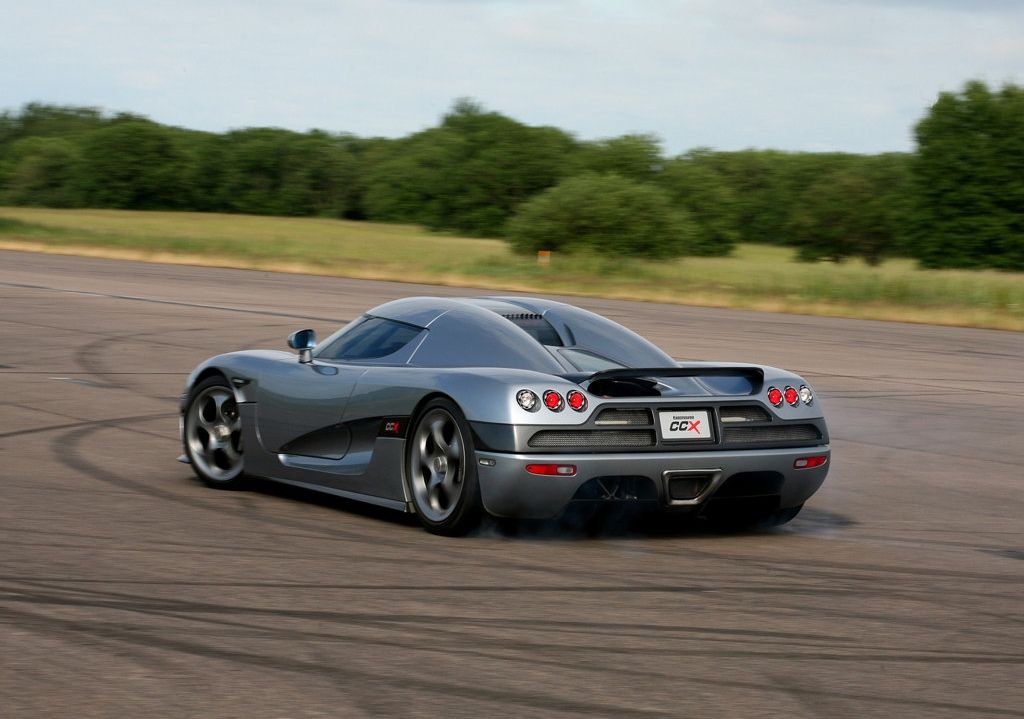The hypercar scene has very much exploded since the arrival of the Bugatti Veyron. It’s no surprise how much of a stir the million-dollar Bugatti created when unveiled in the mid-2000s.
More interesting, though, would be the case of a certain 800-horsepower Swedish exotic. The Koenigsegg CCX was an engineering masterpiece that challenged even the most talented drivers in the world. A mouthful for some, the Koenigsegg CCX was perhaps the only car that could hold a candle to the mighty Veyron.
An equally compelling vehicle was unveiled a couple of years prior. Although it didn’t boast 1,000 horsepower, the hyper GT still had a few things going its way. The car in question is the Mercedes-McLaren SLR, a cross-country tourer intended to quash any supercar that crossed its path.
In this comparison, we’ll be putting these two exotics to the test. While we acknowledge this not being an apples-to-apples comparison, you’ll be surprised to know how similar these cars are in terms of mechanical savagery.
Mercedes-Benz SLR McLaren Vs Koenigsegg CCX: How Much Carbon Fiber Is Too Much?
One look at a Koenigsegg CCX, and you’ll instantly notice the sheer amount of attention to detail. Everything is made with the highest grade material. Be it the switchgear, window controls, seats, or pedals. The craftsmanship is on another level and perhaps second only to a Pagani. But frankly, it’s not too far off.
The tub, subframes, and pretty much the entire car is finished using carbon fiber. Look closely, and you’ll notice that every weave of carbon fiber aligns perfectly as if everything was just one giant piece of sheet metal.
The SLR is a more mainstream offering. It doesn’t really ooze the passion and finesse of the extremely low volume Koenigsegg. However, that’s not to say the SLR is cheaply made. In fact, the SLR was built on a carbon-fiber tub with aluminum subframes. Even though production volumes were relatively high, there is still a sense of exclusivity in the SLR, with its unique starter button, badges, and carbon-backed seats.
But really, it’s the Koenigsegg that stands out the best in this department.
Mercedes-Benz SLR McLaren Vs Koenigsegg CCX: Battle Of The Supercharged V8s
Under the SLR’s clamshell hood sits a handbuilt 5.4-liter Supercharged V8. The engine generates a maximum output of 617 horsepower and 575 lb-ft of torque. 0-60 happens in 3.6 seconds, and top speed stood at 208 mph, making the SLR McLaren one of the fastest cars during its prime.
However, when put against the Koenigsegg CCX, the SLR’s already insane figures feel a bit... meh. The Swedish brute gets a twin-supercharged 4.7L V8 churning out 806 horsepower and 679 lb-ft of torque. This monstrous engine propels the CCX to 60 mph in just 3 seconds, and the hypercar can reach a top speed of over 245 mph!
Something that sets the CCX apart from its rivals is that it’s a manual. Unlike the clumsy 5-speed auto in the SLR, the Koenigsegg comes with a 6-speed manual transmission. Handling a rear-wheel-driven 800-horsepower hypercar with a manual box requires serious talent. And if you so much as lose a tiny bit of concentration, the result would be catastrophic and not to mention very expensive.
The situation is no different in the SLR. However, it does have quite a few driver assistance tech to save you from screaming "Code-Brown".
Mercedes-Benz SLR McLaren Vs Koenigsegg CCX: Rare Cars That Won’t Be Repeated
The production version of the “Sport Leicht Rennsport" (Sport Light Racing) was unveiled to the public in 2003. According to Mercedes, the SLR was the first production car to feature a full carbon-fiber monocoque and was the first car to ship with an in-house built AMG V8.
A Total of 2,157 Mercedes-Benz SLR McLarens were made. The SLR McLaren was available in the form of a coupe, roadster, 722 Edition, 722 S roadster, and the limited-run SLR Stirling Moss Speedster that came with a windshield delete.
The Koenigsegg CCX was the brand’s first global project, unveiled in 2006 as the successor to the CCR. The CCX's engine, unlike the CCR, was built in-house and developed to meet US emissions regulations.
The CCX had multiple limited-run specials available to order. 49 CCXs were made, with 30 being the regular CCX, nine CCXR, two CCX Edition, four CCXR Edition, two CCXR Special Edition, and two CCXR Trevita. Weirdly, Trevita means three whites in Swedish, but due to complexities in the white carbon weave, only two were ever built.
It’s clear how rarer the CCX is over the SLR. Plus, the Swede runs rings around the Merc in every other aspect. However, these two are, without a doubt, mechanical legends that will probably never be repeated again, a sentiment that tells you why these cars have skyrocketed in value.
Sources: Koenigsegg, Mercedes-Benz,

